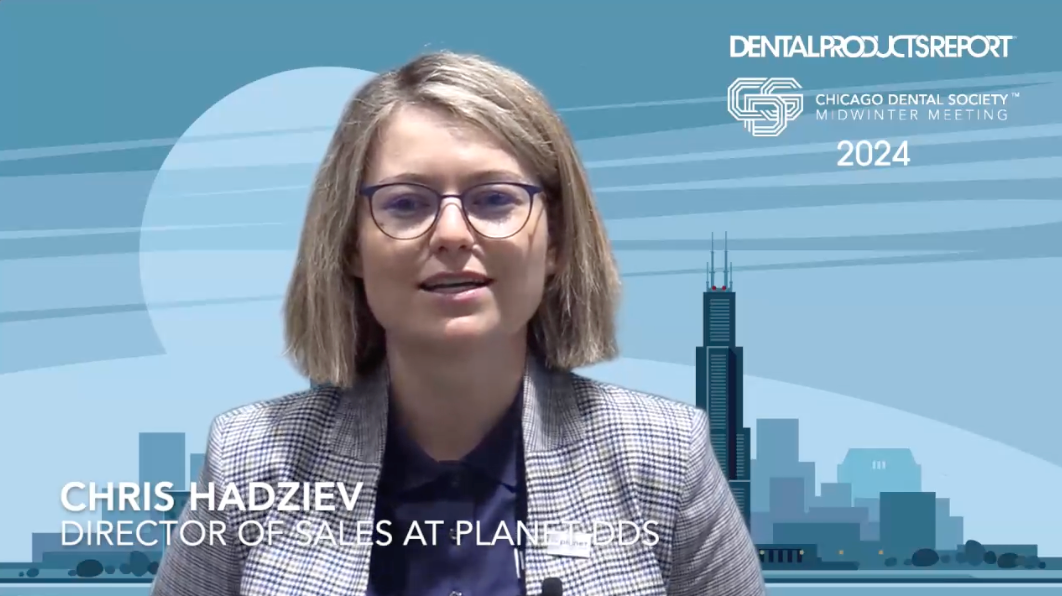Do you know why patients aren't coming in?
Every patient has some roadblock that could be preventing him or her from coming into the office. How do you identify these roadblocks, and what can you do about them?

If you want your dental practice to grow and thrive, you need to find out why potential patients avoid your office.
According to the CDC, only about 62 percent of adults visit the dentist at least once a year, and nearly 30 percent of American adults have untreated caries. These are people who need care, so why aren’t they coming into your office?
Every patient who avoids dental care has some roadblock preventing them from making an appointment. If you can find out what the roadblocks are in your target demographics, you can take steps to clear them for your potential patients. Once you remove the roadblocks, you’ll see them in your office.
Read more: The importance of patient acquisition in a competitive market
The best way to discover roadblocks
So, how do you discover what roadblocks your potential patients face? You could pay to survey them, but polls are becoming less reliable as people avoid phone calls from strangers. You could ask your current patients about roadblocks for their friends and family, but “people who already visit the dentist” probably won’t give you accurate information on people who don’t visit the dentist. If you want good information on roadblocks to dental care, you’re going to need to get out into your community and talk to your future patients.

When I did this, I discovered that one group of patients-retirees-avoided seeking dental care because they no longer had dental insurance. They needed a way to make expenses predictable before they would come into the office. Once I developed an in-house dental savings plan, as detailed in my book How to Grow Your Dental Membership Plan, I was able to get many more retirees into my office. I listened, understood their problem and developed a targeted response to clear the roadblock. As a result, my practice grew. You can take the same approach in your community by going out and really listening to what people have to say.
Once they come in: 6 ways to ethically persuade a reluctant patient to follow a treatment plan
Roadblocks will vary by demographic. For people in their 20s, roadblocks might include office hours that don’t fit with work schedules, or a fear of painful dentistry. So, if this is the group you’re trying to reach, you might start by adding evening and weekend hours. Or, you might decide to specialize in gentle dentistry, so you could reach the people who are afraid of the dentist.
Up next: What to do after you've removed the roadblock
There’s always another roadblock.
Once you clear the biggest roadblock for new patients, you may notice that your numbers grow for a while and then level off. This is a signal that it’s time to go back out into the community and gather more information. While your last solution helped some patients, it didn’t meet the needs of all your potential patients.
For instance, in my own practice, after I introduced my savings plan, there were still area retirees who weren’t getting dental care. So, I went out into their communities and asked why they weren’t coming in. It turned out that a common concern was transportation to and from appointments. Now, I send an Uber car to pick up and drop off non-driving patients. It’s an inexpensive service that makes their lives easier and helps get them into the office. After I started this service, I discovered that some retirees just don’t want to leave their communities. So, I’m starting mobile dental offices in areas with a high concentration of retirees so that I can reach people who want to stay close to home.
It's time to ask: What is the first impression your new dental patient has of you?
The key is to avoid complacency. Once you find a clear one roadblock, start looking for the next one. To grow your practice, you need to constantly investigate and meet the needs of your current and future patients.
What groups of patients are you trying to attract to your office? What are their roadblocks, and how can you clear them? Making it easier for patients to come in for treatments is one of the most effective forms of marketing at your disposal, and too many dentists ignore it in favor of billboards and postcards. Make sure that you are listening to the needs of your community, and then act on those specific needs.
Dentsply Sirona World To Feature Top-Notch Speakers, Education, and Music from Third Eye Blind
August 30th 2024Renowned healthcare futurist Vin Gupta, MD, MPA, will deliver the keynote address for the September event in Las Vegas that will also include plenty of education, networking, and entertainment.
Product Bites – September 15, 2023
September 15th 2023With half-a-dozen new products, this is a busy week for Product Bites. This week we feature the debuts of ClinicCAD from Medit, Multi-Unit Abutments from Neoss Group, CURIE Plus from Ackuretta, Samba robotic toothbrush from CURAPROX, Remedo AI website design, and the CA 1:2.5 Micro-Series handpiece attachment from Bien Air. [6 Min]
Patterson Dental Integrates Weave Patient Engagement Platform Into Practice Management Solutions
July 17th 2024New integrations make syncing data between Weave's patient communications platform and Patterson Dental's Fuse, Eaglesoft, and Dolphin Management dental practice management applications easier.
















